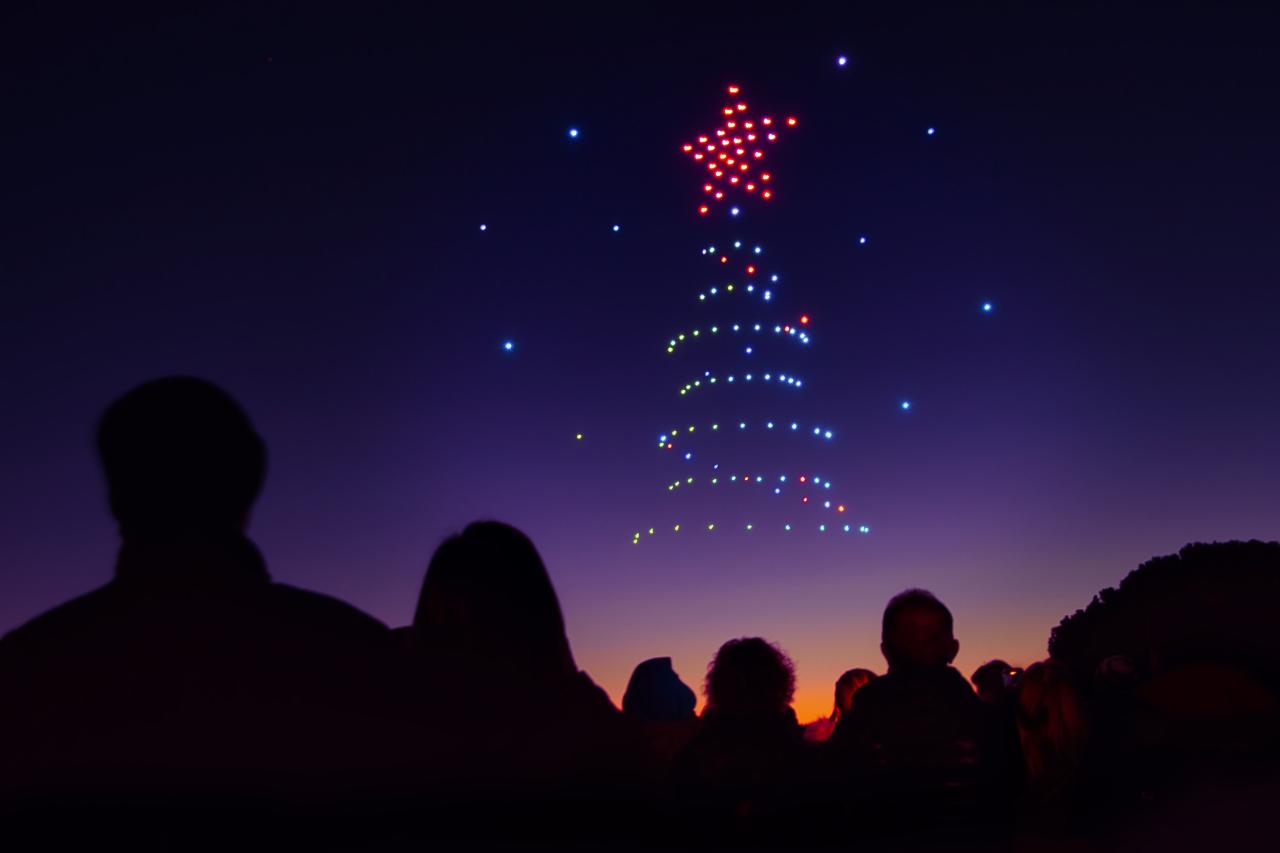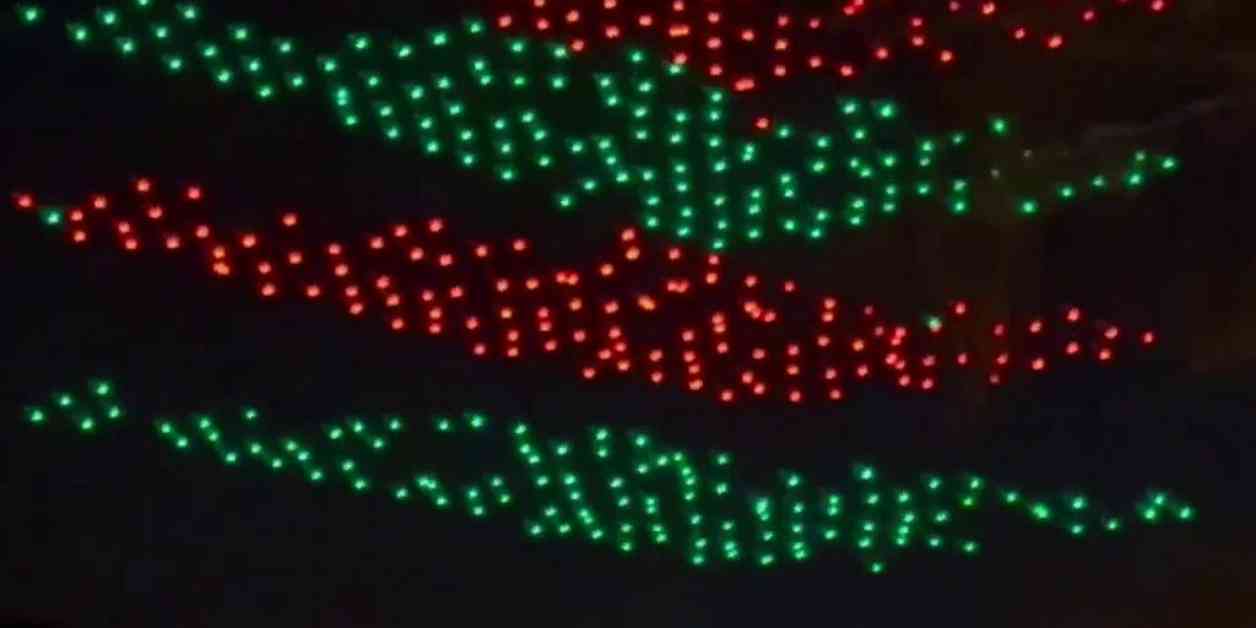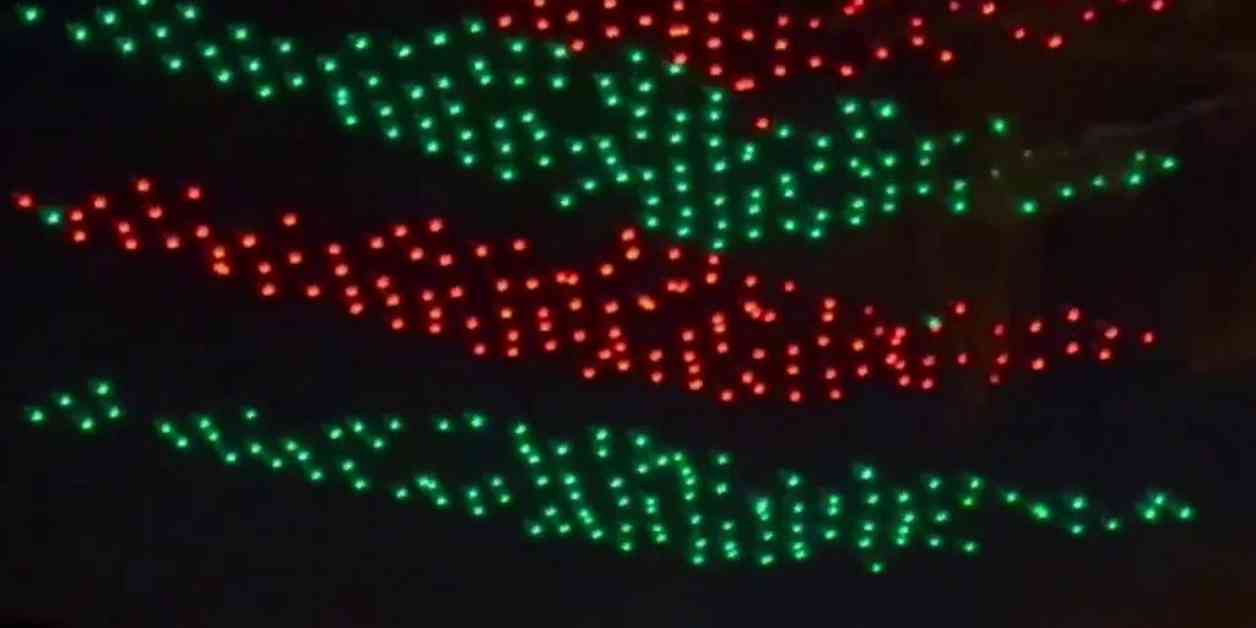Drone show accidents, while relatively infrequent, highlight the inherent risks associated with large-scale drone operations. This analysis delves into the multifaceted nature of these incidents, examining the technological, human, and regulatory factors that contribute to their occurrence. We explore various accident types, their causes, and consequences, offering insights into preventative measures and emergency response strategies.
Recent drone show accidents highlight the potential risks associated with large-scale drone operations. The incidents underscore the need for robust safety protocols, a point further emphasized by considering events like the recent kazan drone attack , which showcased the potential for malicious drone use. Understanding the vulnerabilities exposed in both scenarios is crucial for improving future drone show safety and security measures.
From software glitches causing mid-air collisions to human error resulting in uncontrolled descents, the potential for significant damage and injury is undeniable. Understanding these risks is crucial for ensuring the safe and responsible development of the drone show industry. This exploration covers everything from pre-flight checklists and stringent safety regulations to the crucial role of insurance and liability considerations.
Drone Show Accidents: A Comprehensive Analysis
Drone shows, while captivating spectacles of light and technology, carry inherent risks. Accidents, though infrequent, can have significant consequences, ranging from minor property damage to serious injury. This analysis delves into the various facets of drone show accidents, exploring their causes, prevention strategies, and the crucial role of safety regulations and emergency response.
Recent drone show accidents highlight the need for robust safety protocols. The sheer scale of some displays, coordinating hundreds of drones, necessitates meticulous planning; it’s a far cry from casually looking up the norad santa tracker phone number , though both involve complex tracking systems. Ultimately, preventing future drone show mishaps requires a multi-faceted approach addressing both technological and operational aspects.
Types of Drone Show Accidents

Drone show accidents manifest in various forms, stemming from a combination of technological malfunctions, human error, and environmental factors. Understanding these different scenarios is crucial for implementing effective safety measures.
| Accident Type | Cause | Potential Consequences |
|---|---|---|
| Collision | Software glitches, GPS inaccuracies, pilot error, wind gusts | Drone damage, property damage, potential injury to spectators |
| Fall | Battery failure, motor malfunction, structural failure, strong winds | Drone damage, potential property damage, potential injury |
| Software Glitch | Software bugs, outdated firmware, communication errors | Uncontrolled drone movement, collision, loss of control, potential damage |
| Loss of Signal | Interference, distance from controller, signal blockage | Loss of control, uncontrolled descent, potential collision or damage |
Safety Regulations and Protocols
Robust safety regulations and protocols are essential for mitigating risks in drone show operations. These regulations vary across jurisdictions, highlighting the need for a harmonized global approach. A critical component involves comprehensive pre-flight inspections.
Examples of safety regulations include mandatory pilot licensing, operational airspace restrictions, and limitations on the number and type of drones deployed. Significant gaps exist in international standardization and enforcement of these regulations.
A pre-flight checklist should include:
- Battery level check
- Motor and propeller inspection
- Software update verification
- GPS signal strength assessment
- Weather conditions evaluation
- Emergency procedures review
Technological Factors Contributing to Accidents

Technological advancements are pivotal in enhancing drone show safety, yet technology itself can be a source of accidents. Redundancy and fail-safe mechanisms are crucial to minimize the impact of malfunctions.
Drone show accidents, while rare, highlight the inherent risks associated with large-scale drone operations. The recent incidents underscore the need for robust safety protocols, especially considering events like the sophisticated kazan drone attack , which demonstrates the potential for misuse. Understanding these potential threats is crucial for preventing future drone show mishaps and ensuring public safety.
A hypothetical accident flowchart:
- Software glitch causes unexpected drone movement.
- Collision avoidance system fails to activate.
- Drone impacts a structure.
- Damage to the drone and potential property damage occurs.
Human Error in Drone Shows
Human factors play a significant role in drone show accidents. Inadequate training, fatigue, stress, and poor communication can all contribute to errors. Rigorous training programs and effective risk assessment are crucial.
Examples of human error include: incorrect programming of flight paths, failure to adequately assess environmental conditions, and insufficient communication between pilots and support staff. Effective risk assessment should involve identifying potential hazards, evaluating their likelihood and severity, and implementing control measures.
Emergency Response and Mitigation

Effective emergency response procedures are vital in minimizing the impact of drone show accidents. Clear communication channels between operators, emergency services, and spectators are essential.
Responding to a drone malfunction:
- Immediately attempt to regain control of the drone.
- Activate emergency landing procedures if control cannot be regained.
- Alert emergency services and on-site personnel.
- Secure the area and prevent access to the affected zone.
- Follow established emergency protocols.
Insurance and Liability
Comprehensive insurance coverage is crucial for drone show operators and event organizers to mitigate financial losses resulting from accidents. Liability can extend to various stakeholders, including the operators, organizers, and even venue owners.
| Provider | Coverage | Cost (Illustrative) |
|---|---|---|
| Example Insurer A | Liability, property damage, drone repair | $X per year |
| Example Insurer B | Liability, property damage, third-party injury | $Y per year |
Illustrative Case Studies, Drone show accident
Analyzing past incidents provides valuable insights into accident causes and prevention strategies.
Case Study 1: A drone show in [Location] experienced a mass malfunction due to a software bug in the flight control system. Multiple drones collided, resulting in significant damage and minor injuries to spectators. The investigation revealed inadequate software testing and a lack of fail-safe mechanisms.
Case Study 2: Strong winds caused several drones to lose control during a show in [Location]. The drones fell to the ground, causing property damage but no injuries. The investigation highlighted the need for improved weather monitoring and contingency plans for adverse weather conditions.
Ultimately, preventing drone show accidents requires a multi-pronged approach. This involves rigorous adherence to safety regulations, continuous technological advancements aimed at improving drone reliability and autonomy, comprehensive operator training, and robust emergency response protocols. By proactively addressing the technological, human, and regulatory challenges, we can work towards minimizing risks and ensuring the continued enjoyment and safety of these spectacular displays.
FAQ Guide
What is the average cost of insurance for a drone show?
Insurance costs vary significantly based on factors like the number of drones, show complexity, and location. Expect to pay several thousand dollars for comprehensive coverage.
What legal ramifications exist for drone show operators following an accident?
Liability can extend to property damage, personal injury, and even fatalities. Legal consequences range from fines to lawsuits, depending on the severity of the incident and applicable laws.
How often do drone show accidents occur?
Precise statistics are limited, as many smaller incidents may go unreported. However, the frequency is increasing with the growing popularity of drone shows, emphasizing the need for enhanced safety protocols.
Are there specific certifications required for drone show pilots?
Regulations vary by region. Many jurisdictions require specialized certifications and licenses beyond basic drone operation permits, often including experience and training in large-scale drone operations.
